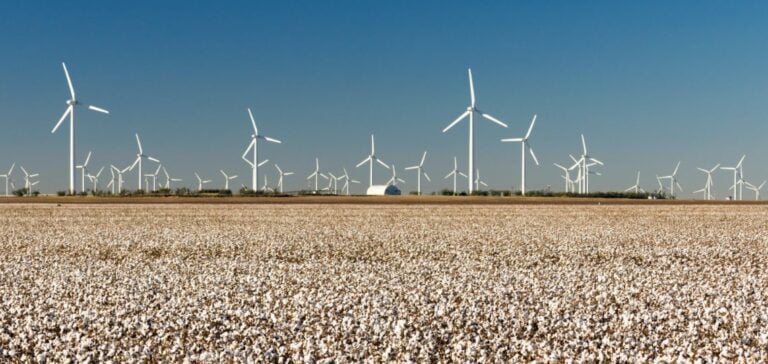MARA Holdings, Inc. (NASDAQ: MARA) has confirmed the acquisition of a wind farm in Hansford County, Texas. This strategic site boasts an interconnection capacity of 240 MW and a wind production capacity of 114 MW. This acquisition aligns with MARA’s goal of strengthening its energy infrastructure to support its cryptocurrency mining operations while significantly reducing operational costs.
A targeted energy strategy
The company plans to directly connect its mining machines to the wind farm, allowing it to utilize the energy produced at zero cost. This strategy eliminates fees associated with public grid usage and enhances the profitability of mining activities.
Recycling ASIC machines
Simultaneously, MARA is introducing its “Advanced ASIC Retirement Initiative” program to extend the economic lifespan of mining equipment. These machines, often deemed obsolete, will be repurposed for use on the site with the available energy capacity. This reduces the need for new equipment investments while increasing returns on existing assets.
An adaptable model
By focusing on projects like this, MARA adopts an integrated approach to maximize opportunities from underutilized resources. This model can be replicated at other sites to continue developing energy infrastructures tailored to the specific needs of mining.
Next steps
Subject to regulatory approvals, the transaction is expected to close in the first quarter of 2025. MARA plans to begin operations immediately thereafter, aligning this acquisition with its long-term vision of reducing energy costs and maximizing its material resources.






















